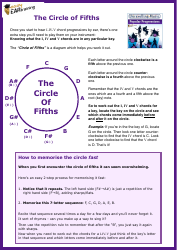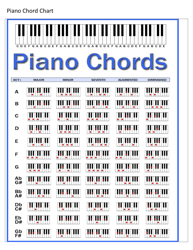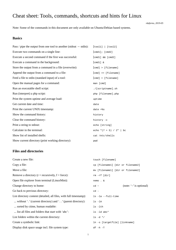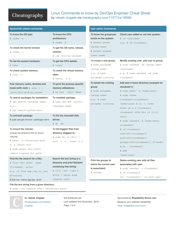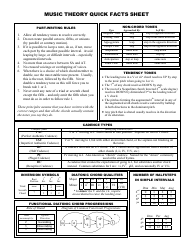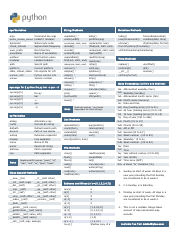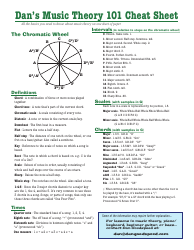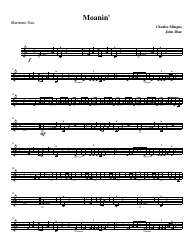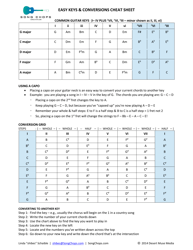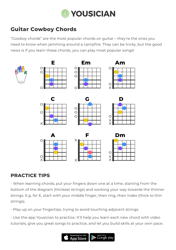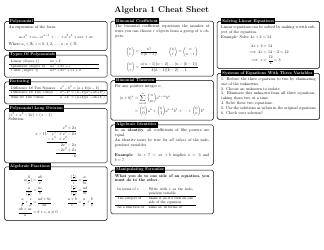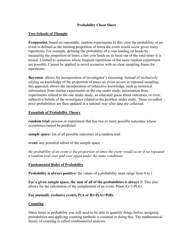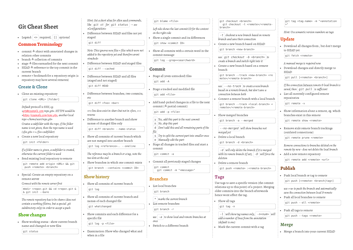Music Theory Key Signatures Cheat Sheet
A music theory key signatures cheat sheet is a quick reference guide that helps musicians determine the key of a particular piece of music. It provides information on the notes and chords associated with each key, helping musicians read and interpret sheet music more efficiently.
FAQ
Q: What is a key signature?
A: A key signature is a set of sharps or flats that appear at the beginning of a musical staff, indicating what key a piece of music is in.
Q: Why are key signatures important in music theory?
A: Key signatures help musicians identify the key in which a piece of music is written. They also determine the notes that are naturally sharp or flat throughout the music.
Q: What is a major key signature?
A: A major key signature is a set of sharps or flats that represent the notes in a major scale. It determines the basic tonality of a piece of music.
Q: What is a minor key signature?
A: A minor key signature is a set of sharps or flats that represent the notes in a minor scale. It is used to create a different tonality and emotional quality in a piece of music.
Q: How do I determine a key signature?
A: The key signature can be determined by looking at the sharps or flats that appear at the beginning of a musical staff. Each sharp or flat corresponds to a specific note.
Q: Are there different key signatures for different keys?
A: Yes, each key has its own unique key signature. The number of sharps or flats in a key signature varies depending on the key.
Q: Is it important to learn key signatures in music theory?
A: Yes, learning key signatures is essential for understanding music theory. It helps with reading and interpreting sheet music, transposing music to different keys, and overall musical understanding.



